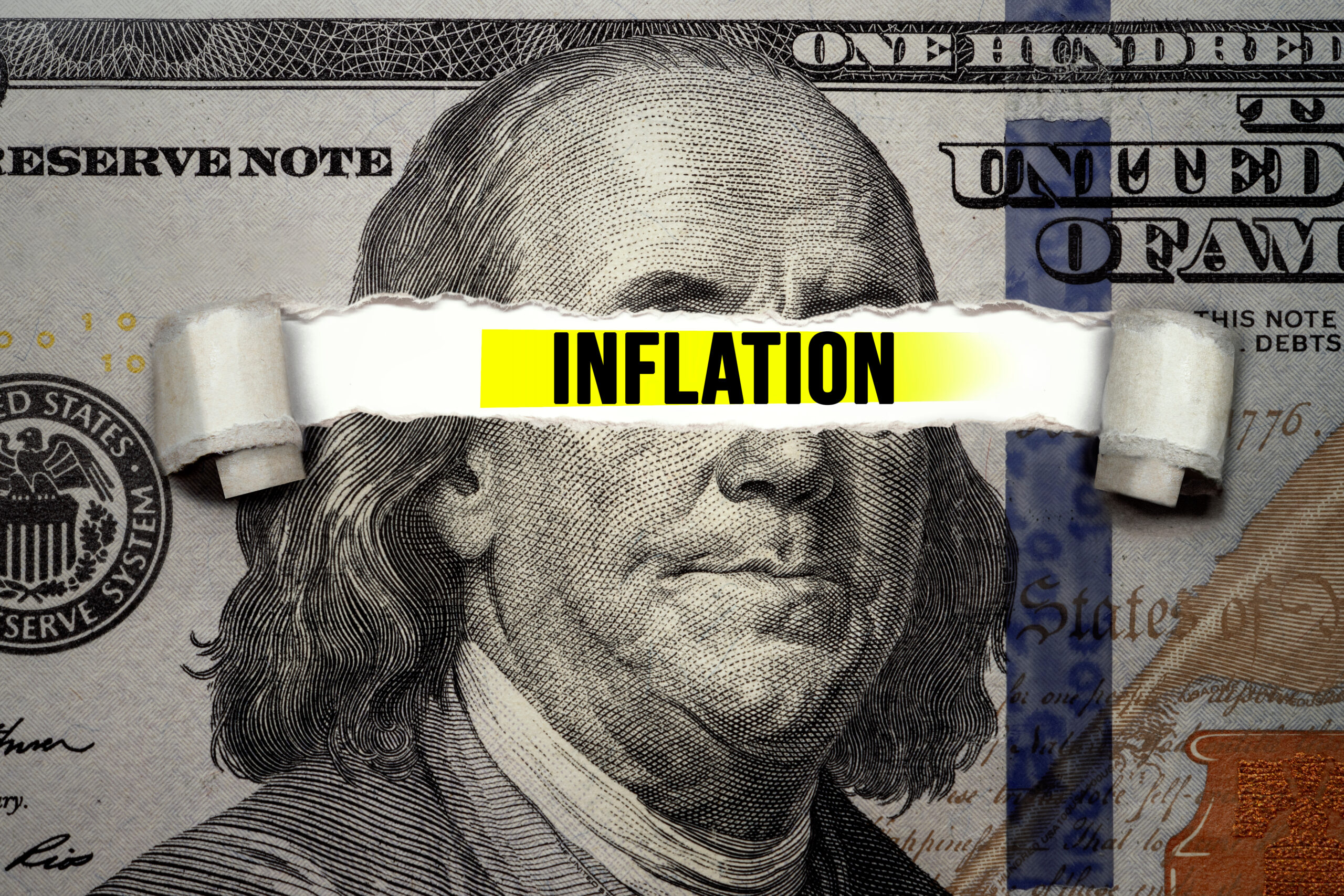
Economics & Growth | Monetary Policy & Inflation | US

Economics & Growth | Monetary Policy & Inflation | US
This article is only available to Macro Hive subscribers. Sign-up to receive world-class macro analysis with a daily curated newsletter, podcast, original content from award-winning researchers, cross market strategy, equity insights, trade ideas, crypto flow frameworks, academic paper summaries, explanation and analysis of market-moving events, community investor chat room, and more.
The surprisingly hot inflation reading on Tuesday, coming in at 8.3% YoY for August against 8.1% expected, has dashed hopes of cooling price pressures. The market response was rapid. The S&P 500 fell 4% in a matter of hours and the NASDAQ ended the day down 5% as investors recognised the impact: more pressure on the Fed to go aggressive at the upcoming policy meeting on 20-21 September.
August CPI was higher than expected at 0.1% for headline and 0.6% for core MoM against -0.1% and 0.3% expected and 0% and 0.3% in July. In addition, median price inflation MoM accelerated to 74bp from 52bp in July.
We can get a clearer picture by examining the data on a six-month annualized basis. This is less noisy than MoM or 3m yet still captures short-term information. And we can split the data into good and services inflation to see where pressures are greatest.
Doing so, we find core goods and services accelerated by 10bp each, and median price by 40bp (Chart 1). On a 6m saar basis, August core CPI accelerated to 6.4% from 6.3% in July. This suggests core inflation could be above the 5.5% YoY I expect by end year.

The most important drivers of August core goods inflation were cars and light trucks. New and used cars and light trucks (Americans spend more than five times more on the latter than the former) account for a fifth of core goods weights. In August, used and new cars and trucks contributed 29bp to core goods inflation of 46bp MoM.
The main driver was the cost of producing new cars and trucks, where inflation has been accelerating (Chart 2). This highlights global supply chains are not back to pre-pandemic trends. For instance, the PPI shows that chip prices are still rising, albeit more slowly since end-2021, by contrast with outright deflation before the pandemic.

The most important driver of August core services inflation was shelter. Shelter represents almost 60% of core services weights. In August, shelter contributed 41bp to core services inflation of 58bp MoM.
Shelter costs tend to be driven by owners’ equivalent rent (OER). OER is more correlated with wages than with house prices, which are much more volatile than OER (Chart 3).

Real wages have been falling for a year. But this is unlikely to last as employers cannot fill advertised vacancies: the ratio of actual hires to job openings has collapsed. With unemployment at 3.7% (well below its non-inflationary value, which the San Francisco Fed estimated at 6% in Q4 2021), nominal wages are bound to catch up with inflation.
Employers are likely to raise wages to fill their job openings as the strong economy gives them substantial pricing power and allows them to pass on higher wage costs to their customers. The feedback loop between wages and prices (the wage price spiral) is already well established (Chart 4).

Following the CPI print, markets are now pricing a 85bp interest rate hike this month from the Fed. In other words, they price a 20% chance of a 100bp hike. They are pricing 188bp by end-year.
I disagree with 100bp next week as the FOMC prefers not to respond to single data points, thinks the policy rate is already at neutral, and will probably lack support from the more dovish members for a 100bp hike. However, I agree with the market pricing of about 100bp between November and December.
Spring sale - Prime Membership only £3 for 3 months! Get trade ideas and macro insights now
Your subscription has been successfully canceled.
Discount Applied - Your subscription has now updated with Coupon and from next payment Discount will be applied.